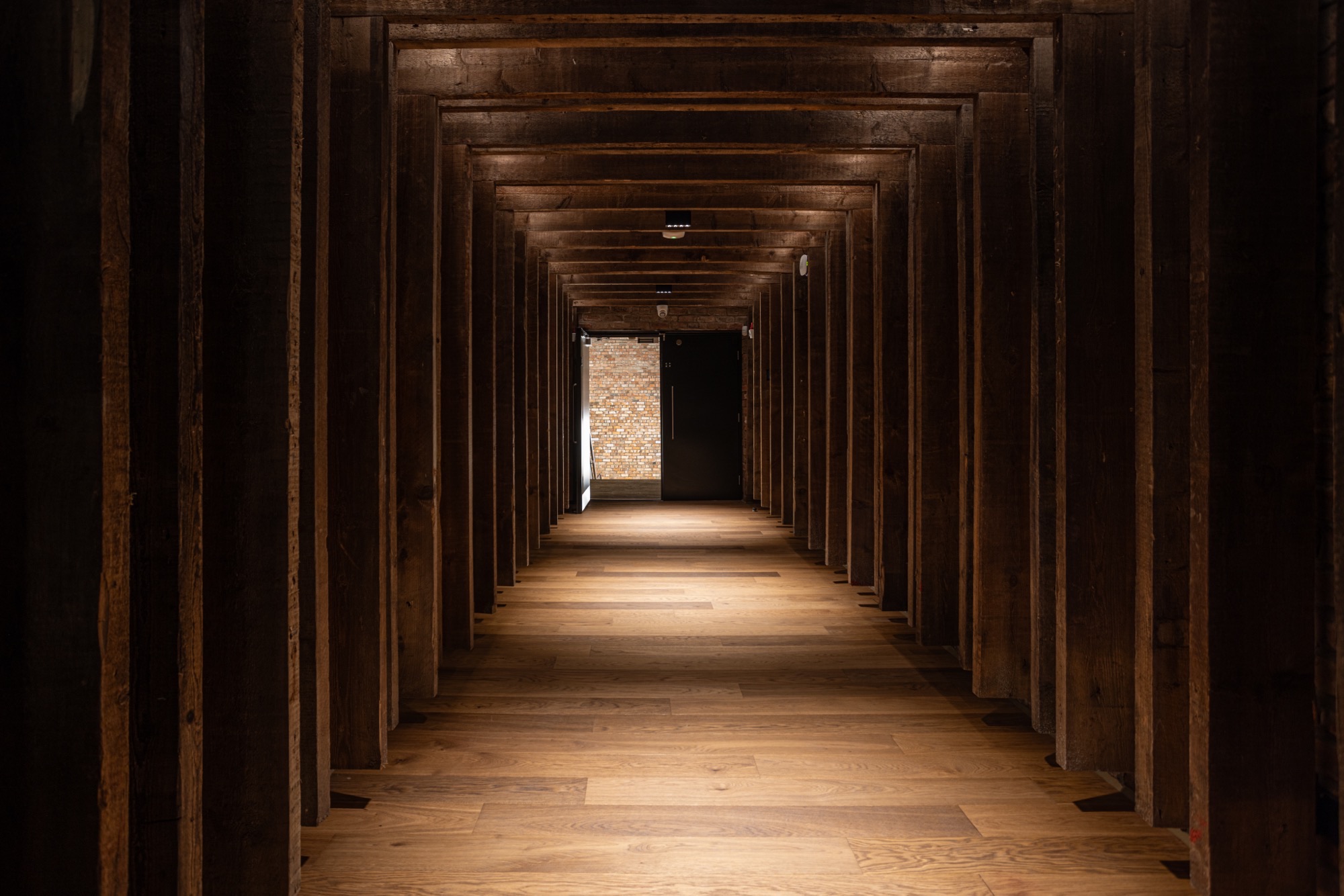SUSTAINABILITY AND BEYOND
We’re passionate about design. We’re also passionate about values. As the front runners for specifying materials, we champion the use of innovative suppliers and techniques – but we also underpin the value of the future.
The built industry is a sector we have been working with for the past 20+ years. Like paper and glass for the packaging world, building substrates have also undertaken a good hard look at their resources, emissions, and end of life process.
No one wants to be wasteful today, it’s not a cool look. Working with our clients, our suppliers and environmental accreditation considerations, we strive to make the best choices for our projects, our environment, and the future of the wider environment. You could say we’ve learnt the three Rs: reuse, refurbish, retain.

We’ve long since known that the built environment has been one of the biggest over users of virgin resources and contributors to the loss or damage to nature. The EU has been responsible for a staggering 2.2 billion tonnes of waste every year. But there’s a different way of thinking, designing, and delivering. Circular economy. Eliminating waste, ecological manufacture and endgame solutions – for biological harmony.
UKGBC – a membership led industry network – is at the forefront of positively influencing policy, identifying the pathways to propel the sector forward sustainably and driving the solutions to transform buildings, communities, cities, and infrastructure so that people and nature thrive.
The UK government’s new mandate highlights the need to manage and encourage the regeneration of our country’s biodiversity – the UK is one of the most nature deprived countries in the world with 1 in 6 species threatened with extinction. It’s clearly crucial that consideration of the natural habitat of all species is recognised so that humans retain an environment that’s functional.

THE THREE Rs - REUSE, REFURBISH, RETAIN

Some of our more recent projects have reused original timber, refurbished wood flooring, and retained brickwork. Other considerations we’ve utilised are working with local craftspeople; not only reducing the carbon footprint of products but supporting the local community economy. We weigh up where fixtures and features are made – can they be repaired rather than replaced? We also design spaces and fittings that not only have a present purpose but a futuristic utilisation once they’ve come to fruition in their present state. Adaptability and forward thinking – in striving to protect the wider environment we have installed values to drive us to specify and create a space in the world that lives in harmony with the environment today and for tomorrow.
